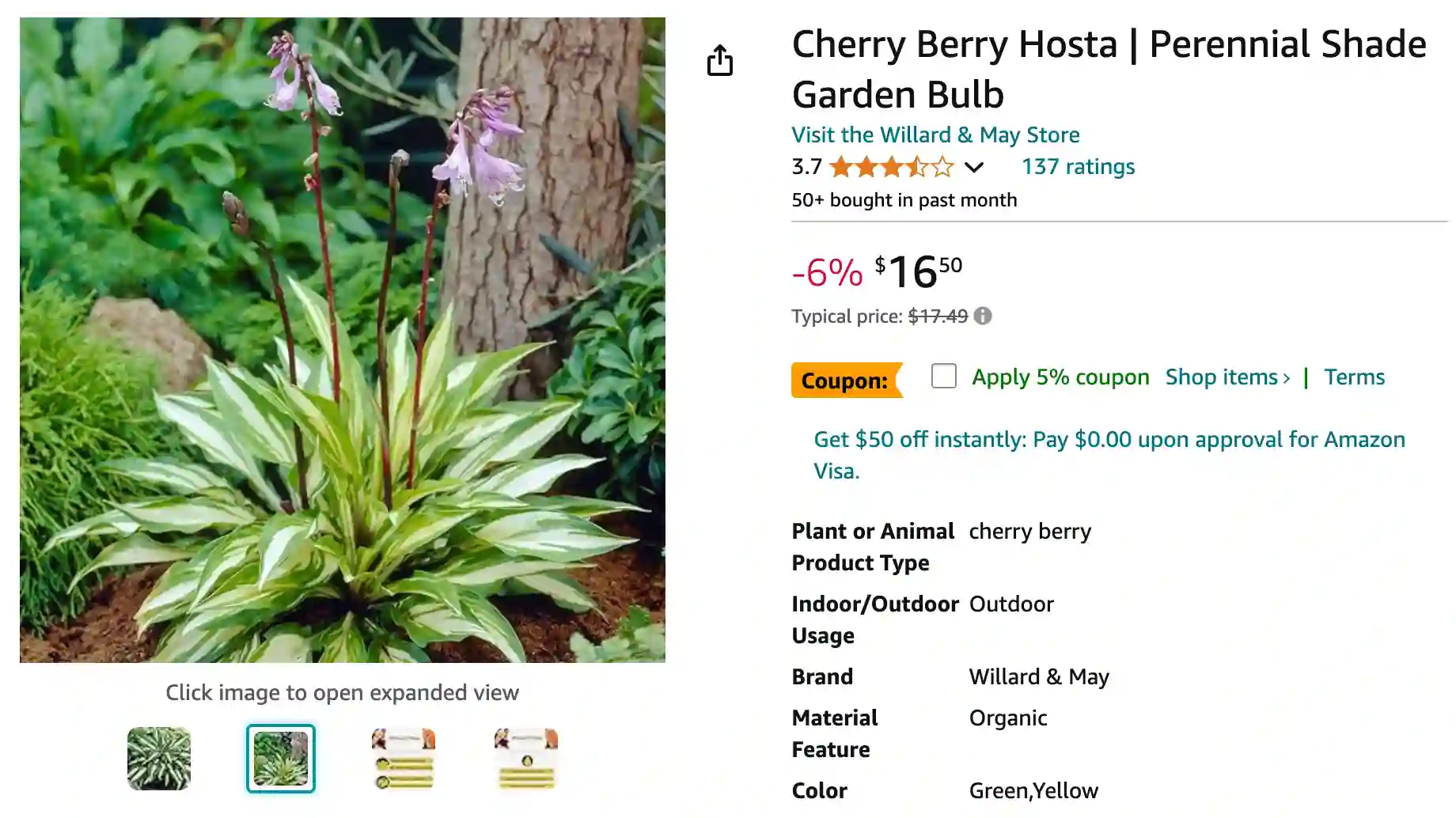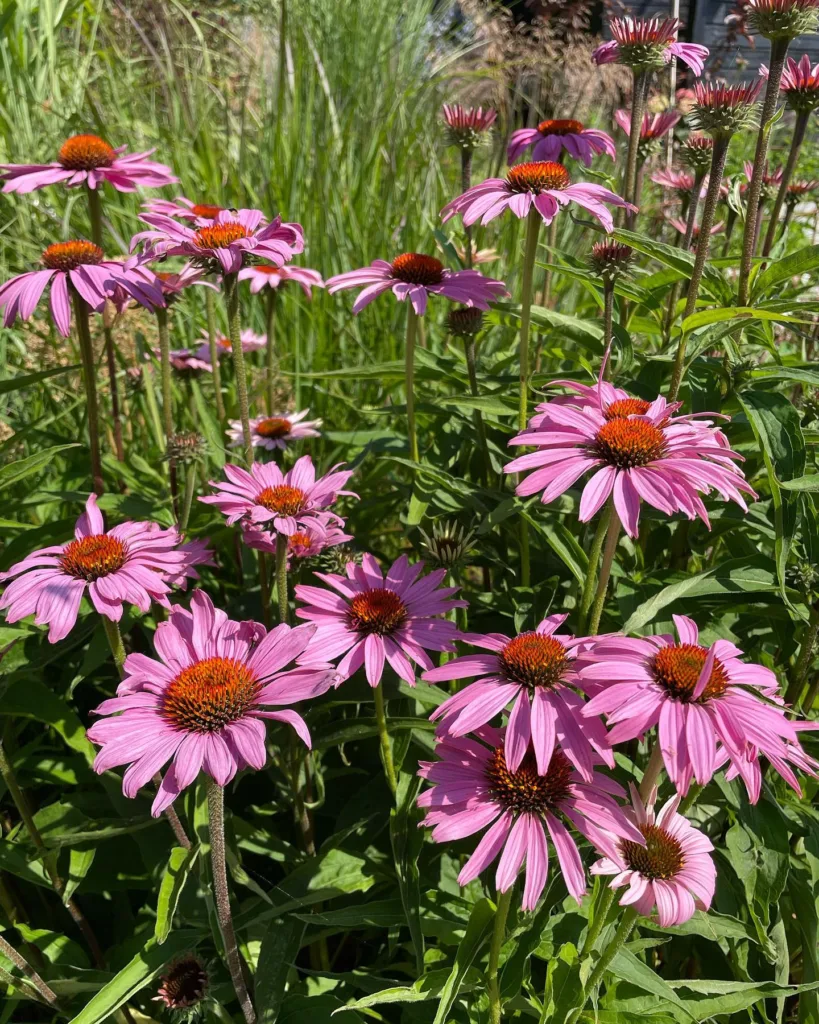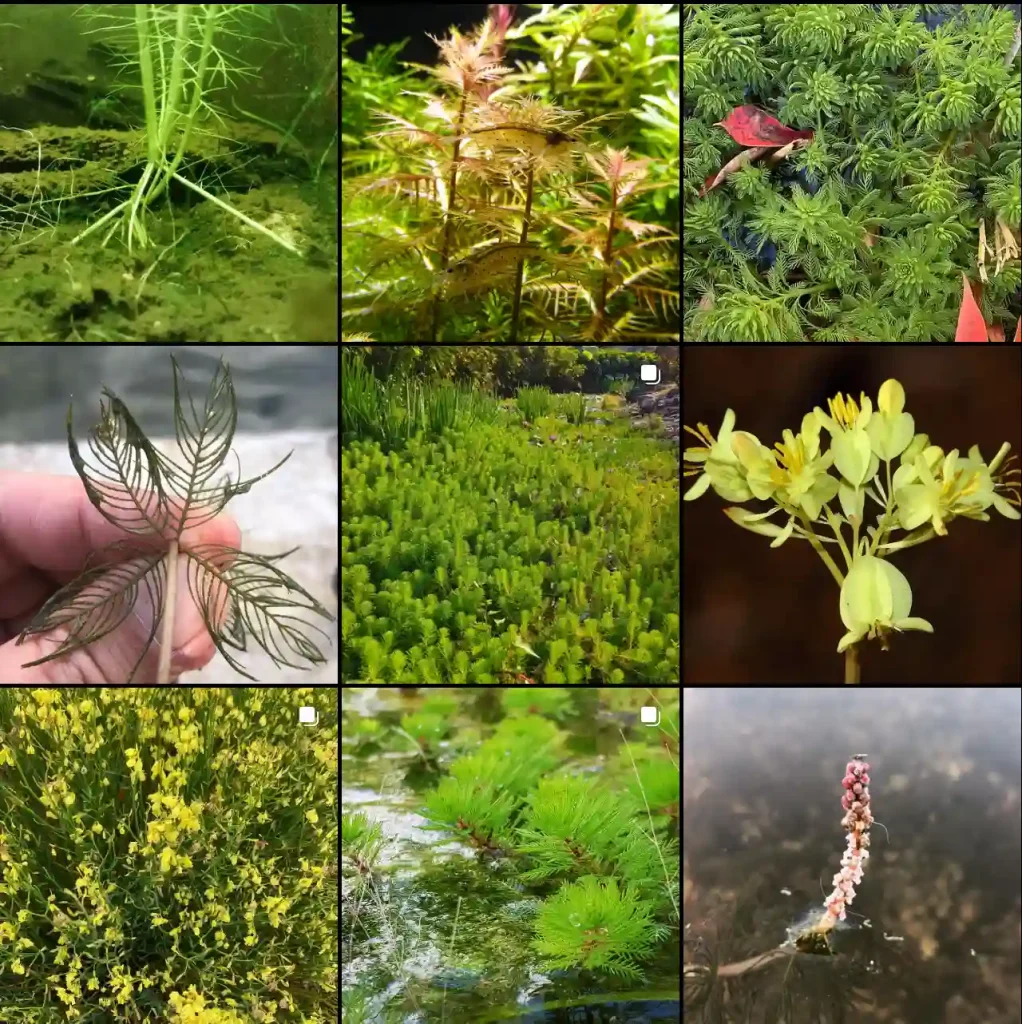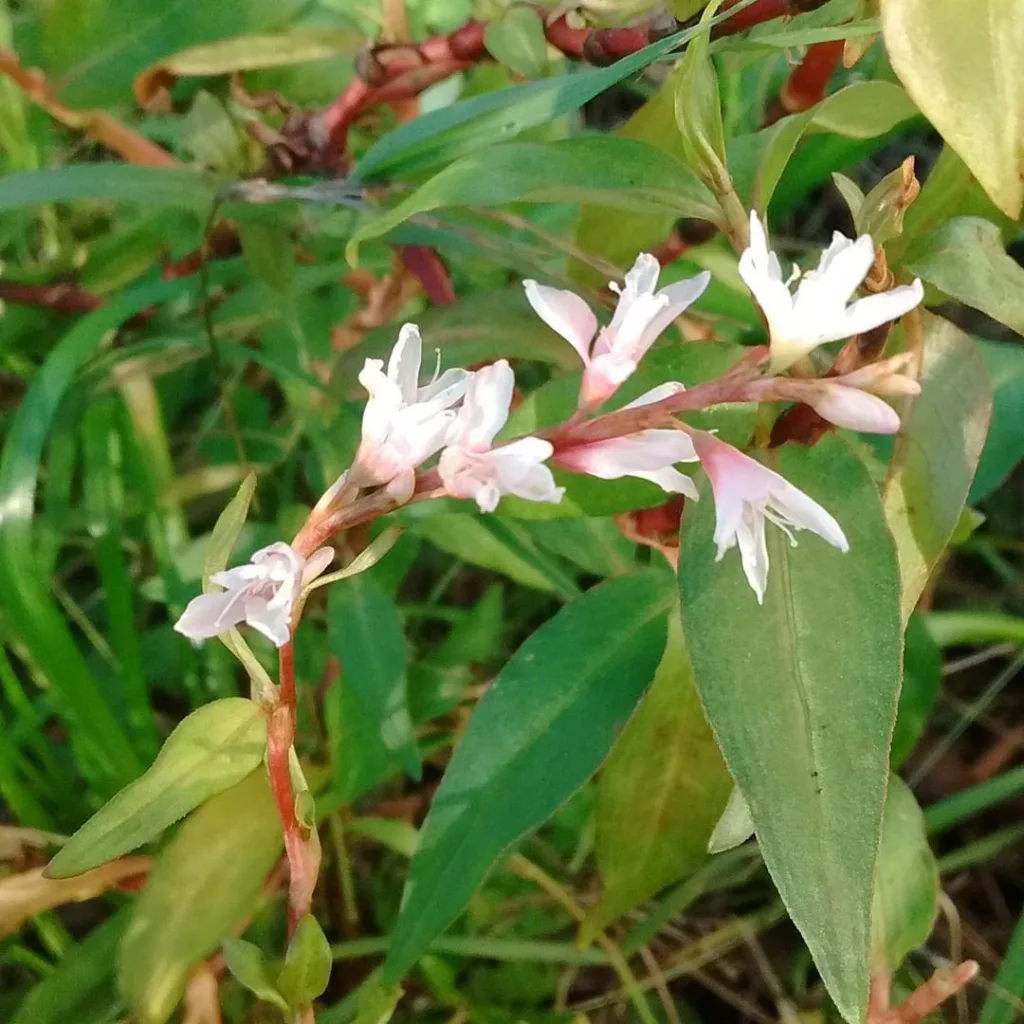
Hosta Cherry Berry: A Gardener’s Guide by Ferb Vu
For those seeking a splash of color and texture in their shade garden, the Hosta Cherry Berry is a captivating choice. This perennial boasts a unique tricolor effect and vibrant blooms, making it a standout amongst its fellow hostas. Let’s delve into the wonders of Hosta Cherry Berry, answering your burning questions and exploring its place in your landscape.
31 Species in Genus Hosta
What is a Hosta Cherry Berry?
The Hosta Cherry Berry, also known as Plantain Lily, is a small to medium-sized herbaceous perennial. It forms an upright mound of delicate, satiny leaves. The foliage showcases a captivating tricolor effect: a base of creamy yellow to ivory white edged with a dark olive green margin. As summer progresses, the center of the leaves often matures to a crisp white, adding another layer of visual interest.
This beauty doesn’t stop at foliage. In midsummer, the Hosta Cherry Berry erupts in a display of violet, trumpet-shaped flowers. These blooms rise gracefully on slender, burgundy-red scapes, adding a touch of elegance to the shade.
Key characteristics:
- Size: Mature height of 12-18 inches, with a spread of up to 28 inches.
- Foliage: Thin, satiny leaves with a tricolor effect (yellow/white center, dark green margin).
- Flowers: Violet, trumpet-shaped blooms on burgundy-red scapes.
- Bloom time: Midsummer.
- Hardiness zones: 3 to 9.
How to care for Hosta Cherry Berry?
Planting your Hosta Cherry Berry is a straightforward process. Here’s what you need to know:
- Light: While often touted as a shade-loving plant, Hosta Cherry Berry actually thrives in partial shade. Too much shade can hinder the vibrant leaf variegation and flower production. Aim for 4-6 hours of dappled sunlight each day.
- Soil: Well-drained soil is crucial. Hosta Cherry Berry dislikes soggy conditions, so ensure proper drainage. Amend your soil with compost or other organic matter if necessary.
- Planting: Plant your Hosta Cherry Berry in spring or fall, spacing them 15-18 inches apart. Dig a hole slightly larger than the root ball and place the plant, ensuring the crown sits level with the soil surface. Water thoroughly.
- Watering: Water regularly, especially during hot and dry periods. Aim for the soil to stay moist but not soggy.
Additional care tips:
- Apply a layer of mulch around the base of the plant to retain moisture and suppress weeds.
- Deadhead spent flowers to encourage continued blooming.
- Fertilize lightly in spring using a balanced fertilizer.
- Be mindful of slugs and snails, which can be attracted to the foliage. Apply organic slug control methods if necessary.
How much sun does a Hosta Cherry Berry need?
While shade-tolerant, Hosta Cherry Berry benefits from a few hours of dappled sunlight each day. This promotes vibrant foliage and flower production.
Is Hosta Cherry Berry deer resistant?
Fortunately, deer generally find Hosta Cherry Berry unpalatable. This makes it a good choice for gardens prone to deer browsing.
Does Hosta Cherry Berry come back every year?
Yes, Hosta Cherry Berry is a perennial, meaning it returns year after year. With proper care, it can grace your garden for many seasons.
Can Hosta Cherry Berry be grown in pots?
Yes, Hosta Cherry Berry can be successfully grown in containers. Choose a pot with good drainage and provide adequate moisture.
How do I divide Hosta Cherry Berry?
Division is a great way to propagate your Hosta Cherry Berry. The best time to divide is in spring or fall. Carefully dig up the plant and use a sharp knife to separate the clumps. Replant the divisions in new locations.
Hosta Cherry Berry vs. Other Hosta Varieties
The world of hostas is vast, offering a variety of sizes, colors, and textures. Here’s a quick comparison of Hosta Cherry Berry with two popular varieties:
- Hosta Francee: This variety boasts large, blue-green, heart-shaped leaves with a prominent white margin. It thrives in deeper shade compared to Hosta Cherry Berry.
- Hosta Gold Standard: This sun-loving hosta features bright yellow, heart-shaped leaves. Unlike Hosta Cherry Berry, it requires more direct sunlight.
Ultimately, the best choice for your garden depends on your specific needs and preferences. Consider factors like light availability, desired size, and overall aesthetic when making your selection.
If i die, water my plants!



